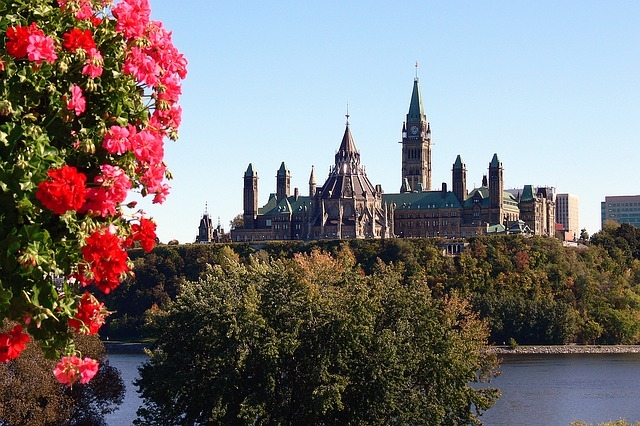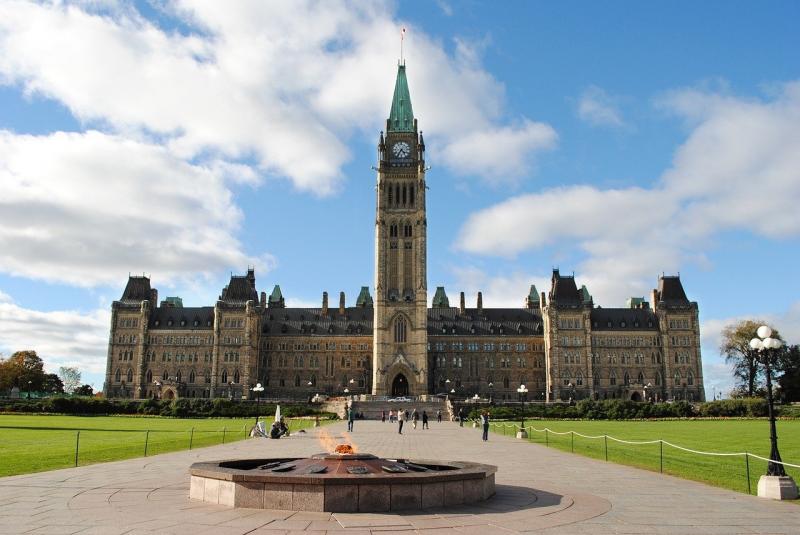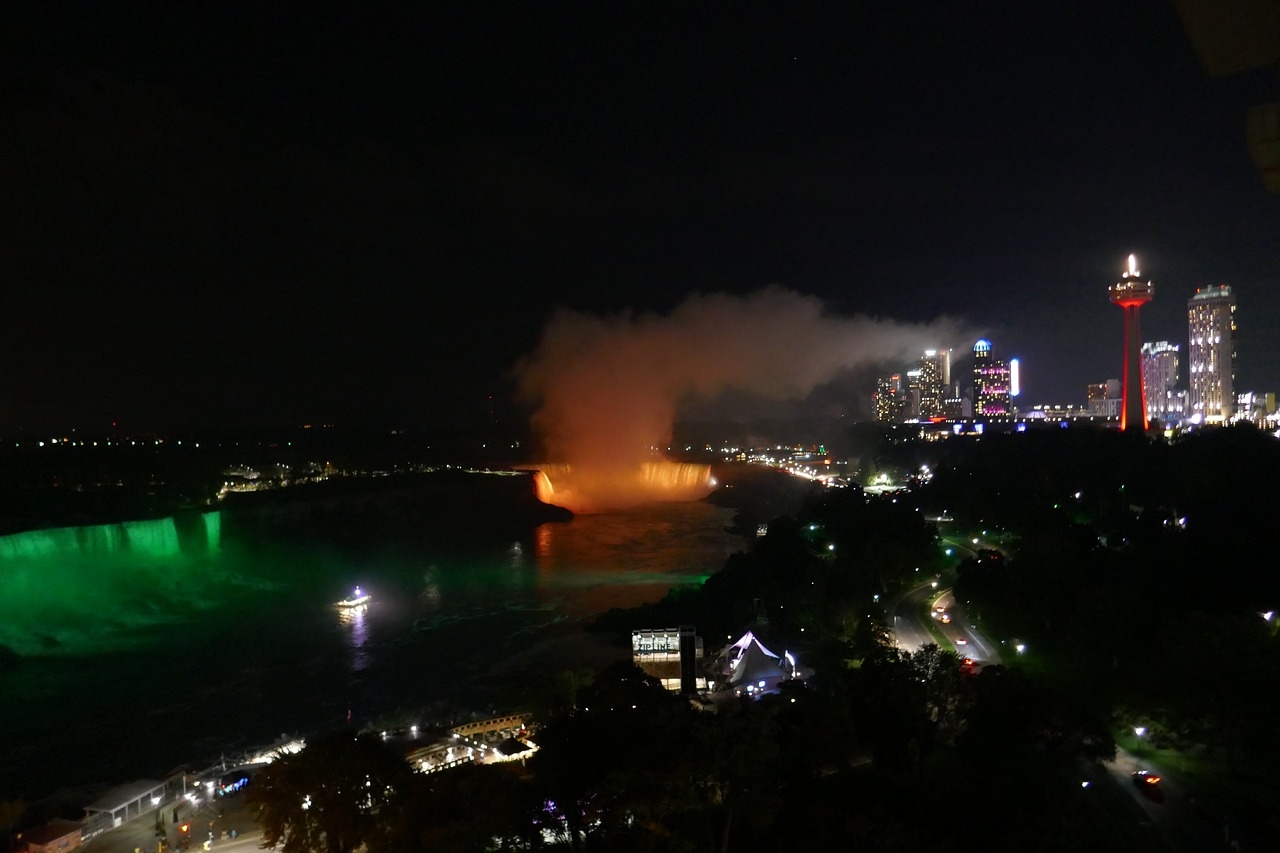
Does the casino industry reflect Ottawa’s architectural heritage?
The one aspect of Ottawa that makes tourists to the city stop and stare is the architecture. The city is known for blending culture and heritage, history and modernism. Defined by its position as the nation’s capital, many of the buildings reflect the tradition and legacy that goes into being a governmental hub. But something else has left its architectural mark on the city: the casino industry.
Just how much of a mark has casino gaming and casino architecture left on Ottawa – and how is this reflective of the city’s role as a melting pot of cultural influence?
How Influential is French Architecture in Ottawa?
It’s difficult to walk through Ottawa and not acknowledge the French influence that can be seen in the streets and the buildings that stand on them. Gothic and romantic influences are also at play, as can be seen in the Parliament Building and the neo-Gothic look it has. The Hill could be plucked out of 18th Century France and shows the links between Europe and Canada and how much of a cultural blend that encompasses.

The wide range of places of cultural interest also reflects this commitment to history and the French style of architecture that was so popular in Ottawa’s formative years. The Chateau Laurier, for instance, represents the French Gothic Châteauesque style of architecture. The hotel was erected at the start of the 20th Century and was heavily influenced by French styles as it acted as a place to stay for those commuting to the city, linked with a tunnel to the Union Station (now the Senate of Canada Building).
The Canadian Museum of Nature could be a castle, with its crenellations and ramparts, and the addition of the virtual version further blends history and modernity. The huge glass extension atop the castle structure is a perfect metaphor for how Ottawa embraces both the old and the new, merging the 16th Century castle with modern glass-based architecture. Contrast this to the modern design of the Canadian War Museum and we can see the blend of history and modernity in perfect harmony, a key feature of Ottawa’s aesthetic. As such, this helps reflect casino culture in Ottawa, where the traditional games from as far back as the 17th Century are taken and merged with the modern.
Do Ottawa’s Casinos Reflect the City’s Attitude to History?
Despite being erected in the 1980s onwards, the casinos emblazoned across Ottawa’s entertainment districts reflect the attitude that the city projects. Since their launch, casinos and casino culture have made an impact on Ottawa, its entertainment and the style of architecture that helped change the skyline heading into the 21st century.
For instance, the Canadian Casino du Lac-Creamy is resplendent with a huge fountain, similar to the fountains seen at the Palace of Versailles. The Rideau Carlton Casino’s sleek glass design mimics that of a castle. The casino design across Canada, especially in Ottawa, merges the traditional games found inside with the aesthetic exterior. This is similar to the way architectural heritage is maintained through federal and government buildings where modern policy is founded.
If Canada's casino architecture is representative of the nation's history, the rise of online casino options is perhaps a solid representation of the nation's future. The online casino industry took the essence of traditional games – poker, blackjack, baccarat, roulette – and moved online, utilizing technology to create a different style of gaming experience, maintaining a classic established aesthetic in many of its offerings. Games such as poker and roulette remain popular despite their age, while the modern twists, such as the real-time live variants that can be seen at many of the best online casinos reflect what digital technology can do. Live casino games allow the player to see the dealer in front of them, reflecting what a traditional casino game would be like whilst also harnessing the power of modern tech.
This can be seen as a move in tandem with the city’s attitude to history and the meeting point between culture and the future. Ottawa is a melting pot and a bridge between two different worlds. This is even more noticeable as we move towards a future that blends what went before with what could come next.
How Influential Has Gaming Been in Ottawa?
While the first Canadian casino might not have been built until 1989, casino games and entertainment have been popular in the city since they were brought over from influences in Italy and France. Card games grew popular in Canada from the 15th century as they were brought from Europe and beyond. The proliferation of gambling from Europe took root across North America and helped contribute to its popularity in Canada today.
For example, the card game Kaiser grew popular (and still remains popular) in Saskatchewan communities in the 1800s, predominately in Ukrainian communities. Poker became popular in the 19th century, too, migrating from Europe across North America. Meanwhile, roulette was famously developed in France in the 17th and 18th centuries. With influence from neighbouring Italy, the game then migrated to Canada and remained popular among the French-Canadian population.
The migration of populations helps take aspects of culture and entertainment and introduce them to new people – it also helps to change how they are played and evolve the games. Canada’s casino heritage is largely down to the games that became popular in Europe and even in the US. These games were played prolifically and then even gained a Canadian slant – such as Canadian Stud or Soko.
Ottawa’s architecture is a sight to be marvelled at and reflects the history and the modernity that the capital of one of the most successful nations embodies. The casino architecture further represents this and showcases the legacy of Canada and the traditional casino games, while hinting at what the future might hold. Canada is a nation steeped in tradition, but also at the forefront of global progress and change. Ottawa reflects this perfectly and no doubt the future will see a continued blend of old architecture merged with new to create a unique cityscape.








